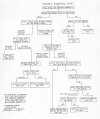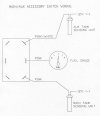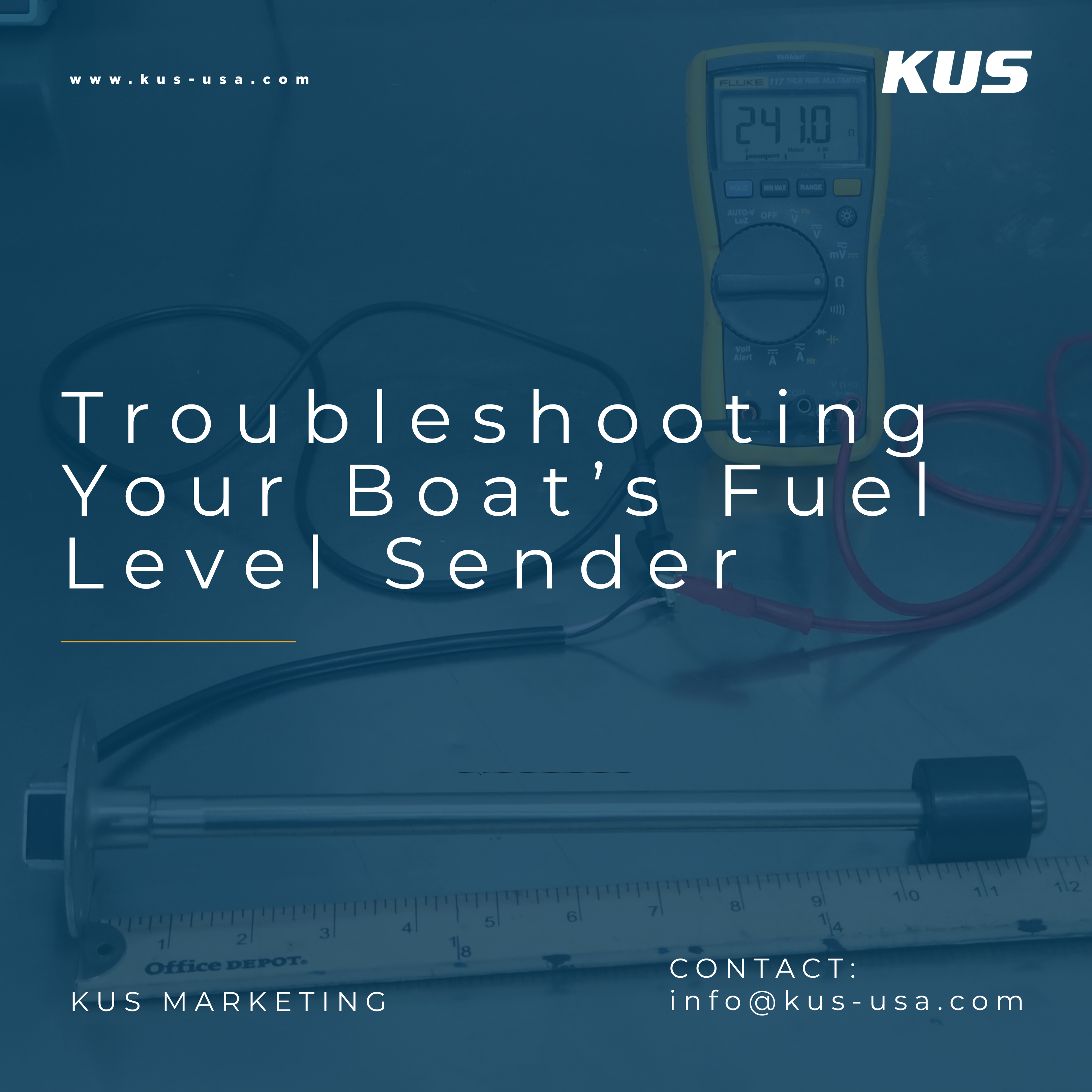- Joined
- Mar 7, 2018
- Messages
- 145
- Reaction score
- 38
- Points
- 28
- Age
- 68
- Location
- Miss Gulf Coast
- Model
- Freedom 205
This spring I bought a new to me 2011 205 Freedom. The first time I used it the fuel gauge was reading full, ran guessing around 40 miles and and it never moved. Good thing the tank was full because when I refueled it seemed about the right burn. I have the square Yamaha Command Link gauge and as long as I top off before
each trip I should never run out of gas but nonetheless it would be nice if it worked.
each trip I should never run out of gas but nonetheless it would be nice if it worked.





